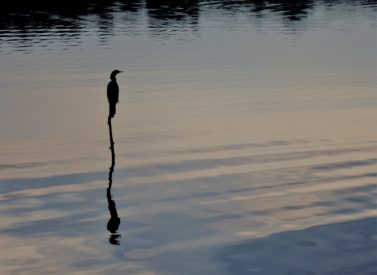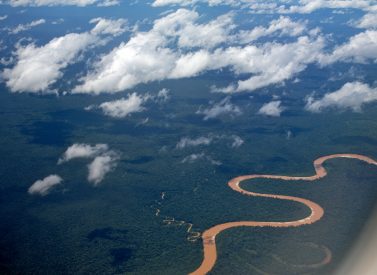
Refugio Amazonas Amazon Lodge
Refugio Amazonas, deep in Peru’s Amazon makes it ideal for the rainforest.
If your dream is to see the wildlife from nature documentaries up close, then Refugio Amazonas is the perfect place to accomplish this.
The trees, rivers and air are full of wildlife, with the chance to see macaws, monkeys, caiman and maybe even a jaguar.
You can help identify new species in night traps, participate in camera programmes that are mapping out the area’s mammals or try aerobotany – flying drones over the trees.
Facilities in the Refugio eco-lodge are excellent – beautiful local food, rooms that blend into the canopy plus all the home comforts after a day in the jungle.
More on Refugio Amazonas
Amazon travel has never been so rewarding or comfortable and Refugio Amazonas and its local staff show you the best on offer.
There is a 30-metre canopy tower for views over the forest, a tranquil lake replete with life and a clay lick attracting macaws and parrots.
If you want to be active, you can go “A la Carte” and kayak, bike or hike in the Amazon.
Experience tribe life by visiting a working farm, see how the Brazil nut is vital to life here or if you want to relax, enjoy a massage in the wellness centre.
Refugio Amazonas community tourism
You can choose a classic, pre-arranged itinerary or upgrade to a “A la Carte” option with a bigger range of activities which are chosen when you are at the lodge.
Refugio Amazonas is built on a 200 hectare private reserve on the buffer zone of the Tambopata National Reserve.
The eco-lodge is now very important to the communities of Brazil nut harvesters that surround the lodge. They have committed to the sustainable use of the forest within this buffer zone.
Trip Highlights
Print Share Download as PDF-
30-metre Canopy Tower affords spectacular views over the forest and chance to spot macaws, toucans and parrots.
-
AmazonCam: Configure camera traps and download wildlife photos and help scientists find out what is in the nearby forest.
-
Discover new species: Work at a light trap - almost every month a lucky guest discovers a species that is new to science!
-
Stick to the planned timetable or choose your own adventure and activities.
-
Community-owned and run by the indigenous Ese-Eja community of Infierno, and located within the Ese-Eja’s communal reserve, next to the Tambopata National Reserve.
-
Wellness Centre – enjoy massages and aromatherapy at the wellness centre.
Amazon: excellent accommodation, guide & organisation.
In general we benefitted the local communities, due to the money spent through our tourism & other gifts & gestures made. It was a very humbling experience.
Do differently? I’d make sure we had longer!!
V. Greenall, Peru Amazon
Full Itinerary
Day 1: Fly to Maldonaldo, transfer to lodge, night walk (L,D)
Upon arrival from Lima or Cusco, we will welcome you at the airport and drive you ten minutes to our Puerto Maldonado headquarters. While enjoying your first taste of the forest in our gardens we will ask you to pack only the necessary gear for your next few days, and leave the rest at our safe deposit. This helps us keep the boats and cargo light.
Skirting Puerto Maldonado, we drive 20 kilometers to the Tambopata River Port, entering the Native Community of Infierno. The port is a communal business.
The two and a half hour boat ride from the Tambopata Port to Refugio Amazonas will take us past the Community of Infierno and the Tambopata National Reserve´s checkpoint and into the buffer zone of this 1.3 million hectare conservation unit.
Those who want can join us as we venture out to the river’s edge at night, scanning the shores with headlamps and flashlights to catch the red gleams of reflection from caiman eyes.
Optional activities when upgrading to “A la Carte”
Night Walk: Experience the sounds of frogs, insects, and other nocturnal animals.
Canopy Tower: An opportunity to view the rainforest from the heights of the 25 meter scaffolding canopy tower.
Discover New Species: Become a scientist and get the chance to discover a new species, led by our team of researchers.
Oxbow Lake Visit: We will visit an oxbow lake, observing wildlife from a traditional canoe.
Birdwatching: More than 600 bird species await on this birdwatching-specific tour.
Chuncho Macaw Claylick Expeditions: A two hour boat trip brings us to this fascinating clay lick, attracting large macaws, parrots and parakeets.
Ethnobotanical Tour: On a rainforest trail we will learn about the traditional and medicinal use of local plants.
Children’s Trail: Expert guides bring the forest to life with scavenger hunts and gripping stories.
Farm Visit: We visit a family owned farm growing popular and little known Amazonian crops.
Sunset Cruise: Enjoy the river and its surroundings at sunset.
Circle of Fire: Fireside stories to connect children with nature and the environment.
AmazonCam: Explore the world of camera traps and the amazing wildlife they capture.
Brazil Trail Nut Trail: A chance to learn about the harvesting of Brazil nuts.
Rainforest tattoo: A beautiful, artistic, and temporary reminder of your time in the Amazon.
Aerobotany: We will learn about the use of drones to aid research, and get to try our hand at it.
Mammal Clay Lick: A feeding spot for wildlife such as wild pigs and deer, as well as a chance to spot the rare Harpy Eagle.
Tambopata National Reserve Lecture: Nightly lectures on conservation, threats, opportunities, and projects in the Tambopata National Reserve.
Parakeet clay lick: A dawn visit to a clay lick attracting both parrots and parakeets.
Mountain biking: Ten kilometres of bike trails await.
Day 2: Oxbow Lake, Amazon farm visit (B,L,D)
We will paddle around the lake on a canoe or a catamaran, looking for lakeside wildlife such as hoatzin, caiman and hornerd screamers, hoping to see the otters which are infrequently seen here. You will also be rewarded with overhead sightings of macaws.
After lunch we head five minutes downriver from the lodge to a farm owned and managed by charismatic Don Manuel from the neighbouring community of Condenado. He grows a variety of popular and unknown Amazon crops – just about every plant and tree you see serves a purpose.
Along this trail we will find a variety of plants and trees that are used by the local population with at least the same variety of purposes. We will learn about the medicinal (and other) uses of Ajo-Sacha, Yuca de Venado, Uña de Gato, Charcot-Sacha, Para-Para, among several others.
Nightly lectures prepared by the staff of Refugio Amazonas cover conservation threats, opportunities and projects in the Tambopata National Reserve.
Day 3: Clay and mammal licks, nut trail, canopy tower (B,L,D)
Twenty minutes walking from Refugio Amazonas is a peccary clay lick. These wild rain forest pigs show up in herds of five to twenty individuals to eat clay in the late morning. Chances of spotting them are around 15%, but well worth the short hike. Other wildlife also shows up including deer, guan and parakeets.
After lunch we visit the Brazil Nut Trail: A few minutes hike from the lodge is a beautiful old growth patch of Brazil Nut forest that has been harvested for decades (if not centuries) where the precarious remains of a camp used two months a year by Brazil Nut gatherers can still be experienced. We will be demonstrating the whole process of the rain forest’s only sustainably harvested product from collection through transportation to drying.
A thirty minute walk from Refugio Amazonas leads to the 25 meter scaffolding canopy tower. A bannistered staircase running through the middle provides safe access to the platforms above. The tower has been built upon high ground, therefore increasing your horizon of the continuous primary forest extending out towards the Tambopata National Reserve. From here views of mixed species canopy flocks as well as toucans, macaws and raptors are likely.
You will have the option of hiking out at night, when most of the mammals are active but difficult to see. Easier to find are frogs with shapes and sounds as bizarre as their natural histories.
Note: The described itinerary many vary according to the weather, season, flight times or personal choice.
Day 4: Return to Cusco/Lima (B)
Rise before dawn for an early breakfast and depart to journey downriver connecting by car and boat again in order to catch the flight from Puerto Maldonado to Lima or Cusco.
Prices From $1,140 / £927 per person
What's Included?
Eco-lodge accommodation in comfort room, land and river transport, all transfers, English-speaking guide, meals as listed, entrance fee.
What's Not Included?
Flights (please ask for prices), visa fees, excess baggage, additional nights during the trip due to flight cancellations, alcoholic drinks or bottled water, snacks, insurance, laundry, tips, phone calls and items of personal nature, extra activities “A la Carte” (biking and more)
Accommodation
All rooms have an authentic Ese-Eja décor which has been crafted by artists from the local community of Infierno.
All rooms feature private bathrooms with access to hot water showers.
The rooms also feature an open verandha so you can feel part of the rainforest. Don’t fret! The few (if any) animals that may come in can be swiftly removed by the locals.
There are three room types:
Comfort Rooms
Comfortable rooms in the middle of the tropical rainforest allow guests to experience this global biodiversity hotspot even during their down time.
Monkeys, many species of birds, frogs, and other rainforest wildlife are often visible from our signature windowless verandahs. Those same verandahs also add comfort with excellent ventilation. Classic rooms are built with local materials such as tropical hardwoods, palms, bamboo, and adobe.
They are available as doubles or triples and come equipped with mosquito nets for the beds and have spacious private bathrooms with hot water. Charged electric/battery lamps provide soft lighting and you can charge electrical appliances at certain times of the day. Internet is just a short walk to the common areas of the lodge.
Experience the Peruvian jungle in one of our classic rooms and enjoy:
- Quaint, classic, comfortable Amazon rainforest rooms.
- Watching birds and looking for other rainforest wildlife from an open verandah that looks straight into the Amazon jungle.
- All rooms are built with local materials for an authentic experience.
- Each bed has a mosquito net.
- Hot water bathrooms in the heart of the jungle!
- Lighting and electricity during certain hours.
Superior Rooms
The superior rooms have lovely, varnished tropical hardwood floors, are larger, and have an open verandah that looks out into a roadless, wild tropical rainforest preserve.
Superior rooms are available as singles, doubles or twins, and each is equipped with a mosquito net over large, comfortable beds, two hypoallergenic pillows per person, a hammock, and a reading table.
Stay in one of our superior rooms and enjoy:
- A large, spacious room. A big spacious bathroom with plenty of hot water.
- Electricity in the middle of the Amazon rainforest until 10 PM every night.
- An outlet to charge your laptop, tablet, and other devices.
- Free online access from the comfort and privacy of your room to communicate with the outside world, and share the images and excitement of your Amazon adventure.
- Personal safe deposit box. An umbrella (this is the rainforest after all).
- Several eco-friendly amenities.
- A place to relax after exciting jungle hikes, watching macaws fly past at the canopy tower, visiting a tranquil oxbow lake, experiencing Ese Eja culture, and enjoying other exciting Amazon rainforest activities.
Suite Rooms
These are the same as the superiors with these additions:
- King-sized bed
- Private deck
- Ceiling fan
- Mini bar
Tour Staff
Local native guides come from the community and/or the area surrounding the lodge. Some specialist guides do come from other parts of Peru.
They speak English and will bring the rainforest alive for you. Each has a speciality/interest as well as a broad overview of the forest.
The lodge itself is staffed by community members, so you visit really means giving back to the locals.
Meals
Almost all dietary requirements can be catered for – please contact us for more information.
The lodge’s dedicated kitchen staff serve up a mix of local dishes and international plates using food from the rainforest wherever possible.
This means a delight for the tastebuds as there are so many tasty treats growing around the lodge.
Breakfasts are usually early and there are fruit juices made from local plants – some of which you may have never heard of – along with teas and locally-grown coffee. There are usually cakes, jams and a choice of eggs, toasts and cereals.
Lunch and dinner are usually three courses – a soup to start followed by a hearty main and then pudding.
Fish, chicken and beef all feature, and there is always a vegetarian option, too (almost all dietary requirements can be catered for). Side dishes include yams and potatoes and rice, plus more rainforest delicacies.
Pudding is often fruit or a cake made in the local style.
Activity Level
These trips are designed to all ages and abilities.
You need to be able to step into and out of a boat and the fitter you are the more you will enjoy the trip.
Walks are short in length but adults may be on your feet for 2-3 hours as you stop to look at wildlife.
There are shorter walks for those who don’t want to walk so far – your guide will talk to you about preferred activity levels.
There are also rides in boats/canoes that can last up to 1.5 hours, depending on the tour.
The “A la Carte” options have varying levels of fitness requirements – please ask.
Practical Information
Introduction to Peru
Peru is the perfect holiday destination for adventure travellers that want an amazing variety of activity, geography and cultural travel experiences.
The breadth of travel experiences in Peru is breathtaking – from trekking in the Andes to Machu Picchu to the tropical jungle of the Amazon, and plenty in between.
The people of Peru make it a special destination too, with its colourful and traditional street life and friendly locals.
Geography of Peru
Peru is made up of 3 distinct geographical areas: the coast, the mountains and the jungle.
The costa or coastal region is a narrow ribbon of desert 2,250 km long, crossed by fertile river valleys flowing from the Andes. It takes up 11% of the country and holds more than 40% of the population.
The cold Humboldt current gives rise to a blanket of mist – the garua – which hangs above coastal cities like the capital Lima from May to November.
Heading east, you’re soon climbing above the garua and into the Andes. The sierra, or mountainous region, covers some 25% of Peru’s territory and contains 50% of the population. The sierra inhabitants are mainly Indigenous or Mestizo, and many still speak Quechua or Aymara.
The sierra contains dozens of 6,000-metre snow peaks and volcanoes, including Huascaran (6,768m) the highest mountain in the tropics. The deep valley basins contain most of the towns and arable land; the terracing and canal systems of the Incas and pre-Incas are often still used today.
The eastern Andes are heavily forested up to 3,350m and sweep down into the Amazon Basin.
Peru’s selva or jungle makes up almost two thirds of the country’s area, but holds only about 6% of the population: the only towns with significant populations are Iquitos and Pucallpa.
Weather in Amazon of Peru
The Amazon rainforest
Year-round, weather conditions are hot and humid and there is always the risk of rain
There is a ‘dry season’ in Tambopata and Manu between May and October. The average daytime high temperature is between 25°C and 34°C and the average nighttime low is between 16°C and 22°C. Heavy downpours typically occur every few days.
Around 80% of annual average rainfall – approx 2,000 mm in Manu and Tambopata and 1,400 mm in Iquitos – occurs in the wet season Nov-April.
On rare occasions, between May and September, cold fronts from Argentina – ‘friajes’ – can sweep into southwest Amazonia and push temperatures down to 9° C. (Friajes usually last between 1 and 3 days).
Kit list
Good kit is vital for every trip.
Book with Andean Trails and get 15% off Páramo’s fantastic ethical and high performance outdoor gear.
You can also read our blog about a day in the Amazon rainforest of Peru.
Detailed kit list
- The original and a photocopy of your passport.
- Yellow fever inoculation certificate.
- Good binoculars.
- Tight-weave, light weight long trousers.
- Quick dry socks.
- Rain suit or long poncho (100% waterproof – test before you leave home).
- Long-sleeved tight-weave shirts.
- T-shirts.
- A bottle or canteen to carry water on outings (1-2 litres).
- Sunscreen (factor 30+) and lip salve.
- A broad-brimmed hat that will not come off on windy boat-rides.
- 1-2 pairs of shorts.
- Sunglasses with UV filter.
- A pair of trainers.
- Ankle high, hiking boots.
- Insect repellent.
- Towel & wash-kit.
- Wet Wipes/antiseptic hand-wash cream.
- Head-lamp (plus spare bulb and batteries).
- Personal first-aid kit to include: painkillers, plasters (band-aids), moleskin, anti-biotic cream, general antibiotics (ask your GP), after-bite (tiger balm), anti-diarrhoea tablets, throat lozenges, re-hydration salts & personal medication.
- Cash (small denomination bills) for souvenirs at the lodge, alcoholic beverages, etc.
- A small day pack, 30 litres.
- Camera and film / memory cards (take at least twice the amount you think you will need!).
- Book, e-book, mp3 player/ipod or other to help pass the time.
- Spanish/English phrasebook.
- Extra snacks i.e. cereal bars or favourite chocolate bars.
Please note: Guests should arrive in clothes which they do not mind getting slightly dirty or wet, and should wear footwear that is suitable to walk on a rainforest trail. Sun cream, insect repellent, hat and waterproof clothing should be carried in hand luggage and kept accessible for the journey to the lodge.
You may want to keep your binoculars and camera handy, too.
All bedding, toilet paper etc. is provided at the lodge (or camp, if camping).
ATOL holiday protection
Andean Trails has 25 years of experience of putting together the best South America holidays.
We pay a fee to the CAA for every licensable passenger we book since we hold an Air Travel Organiser’s Licence granted by the Civil Aviation Authority. In the unlikely event of our insolvency, the CAA will ensure that you are not stranded abroad and will arrange to refund any money you have paid to us for an advance booking.
We also offer ATOL (Civil Aviation Authority) protected holidays to give our customers peace of mind when booking and travelling.
When you buy an ATOL protected air holiday package from Andean Trails Ltd you will receive a Confirmation Invoice from us confirming your arrangements and your protection under our Air Travel Organiser’s Licence number 6275.
You can read more about ATOL, who is covered and what protections you have if not ATOL-covered, on our ATOL page.
What is ATOL?
The CAA’s ATOL scheme offers protection to your money and your holiday if you book with us. Not everybody is covered (see ‘Who is covered?’ for more), as you must purchase an ‘air package holiday’ with Andean Trails to be protected.
And ‘air package holiday’ is defined as including a flight and some ground services (hotel, transfer, trek etc). This is also known as an ‘ATOL-protected holiday’.
Who is covered?
To be covered by ATOL, you must book a flight and some ground services with us and be from the UK. If you are from the UK and only book ground services and no flights, you are not covered by ATOL (see below for more on how non-ATOL clients are covered).
If you are outside the UK and buy flights with us, you will be ATOL protected IF any of the flights booked with Andean Trails touches/stops in the UK at any point during your holiday package booked with us.
If you buy your flights elsewhere, please check with that agent if you are ATOL protected. Be careful with online flight purchases and make sure you know what protection you have, if any, before paying for flights.
Not all holiday or travel services offered and sold by us will be protected by the ATOL scheme. Please ask us to confirm what protection may apply to your booking.
For land only holidays not involving any air travel, in accordance with “The Package Travel, Package Holidays and Package Tours Regulations 1992”, all UK passengers booking with Andean Trails Ltd. are fully protected for the initial deposit and subsequently the balance of all money paid to us, arising from cancellation or curtailment of travel arrangements due to the insolvency of Andean Trails.
I’m not ATOL covered, what protection do I have?
If you are not ATOL covered, any payments you make to us go to a Trust account.
We can only access this money once your tour has been completed, meaning that if anything happens to Andean Trails Limited while you are on holiday, then your money is secure and you can either complete the trip or be able to make it home.
If you pay for your holiday with a credit card, some offer payment protection – please check with your cardholder.
You also should have cancellation protection written into your insurance (which we recommend you have at the time of booking) in case you need to cancel.
Peru’s Amazon Rainforest
Peru boasts in its Amazonian region a vast swathe of world-class tropical wilderness with several rain forest and cloud forest reserves which are home to an immense diversity of wildlife.
Accessible from Lima, Iquitos or Cusco, the Amazon jungle is just a short flight away.
In Peru’s southeast lies the extraordinary region comprising the Tambopata National Reserve and the Bahuaja Sonene and Manu National Parks, with the greatest animal and plant diversity anywhere in the world.
Whether you choose to base yourself at a comfortable lodge or enjoy a more demanding camping trip, you can be sure of a unique, exhilarating and unforgettable experience.
Arequipa & Colca Canyon, Peru
The beautiful colonial city of Arequipa is replete with history and culture, and is the gateway to the condors of Colca Canyon.
Nestled at 2,325m/7,627ft, the ‘white city’ sits at the foot of three tremendous volcanoes: El Misti (5,821m/19,098ft), Chachani (6,075m/19,930ft) and Pichu Pichu (5,542m/18,182ft).
Arequipa’s attractions include the Cathedral, Compañía de Jesús Church, Santa Catalina Convent and the Dama de Ampato (Juanita Mummy) Museum.
With a year-round spring climate and sunshine guaranteed for 300 days of the year, it is the perfect place to begin acclimatising before continuing upwards.
Nearby is the famous Colca Canyon. At hundred kilometres long, this incredible gorge is said to reach a maximum depth of 3,400m/11,155ft – twice that of the Grand Canyon.
An overnight tour to Colca gives you the chance to see the iconic, soaring condors of the canyon.
Cusco, Peru
Cusco is the archaeological and cultural capital of South America.
The one-time centre of the vast Inca Empire is a bustling highland city with bags of character.
Its whitewashed streets and plazas feature a fascinating blend of Inca and Spanish colonial stonework and offer endless possibilities for exploration.
You don’t have to venture far to find outstanding examples of high quality Inca architecture, including the monumental temple fortress of Sacsayhuaman.
There is also the fertile farming land of the Sacred Valley on the doorstep, with many Inca terraces, temples and fortresses, plus colourful local markets and small villages.
At night, Cusco offers an excellent array or restaurants and bars plus the continent’s best Andean folk music scene.
Kuelap, Peru
In the northeast of Peru lies Kuelap – the jewel in the massive archaeological crown of the Chachapoyas Cloud People.
The mystical structure of Kuelap – dubbed the Peru’s second Machu Picchu by locals – is 1,200 years old.
It features massive limestone walls towering 60 feet, pottery, bones and hundreds of mysterious round stone structures, and away from the crowds of other sites.
This is a remote area of sub-tropical valleys, half way down the eastern slopes of the Andes. The jungle is impenetrable, dense with low trees, bromeliads, bamboos, orchids and mosses.
Lake Titicaca, Peru
Lake Titicaca, at around 4,000m/13,123ft above sea level, is a vast shimmering body of water on the Peru/Bolivia border.
It is the world’s highest navigable lake, set against a breathtaking background of towering ice-covered Andean mountain peaks.
The islands and shoreline of Lake Titicaca support many Indian communities, including the well known floating islands of Uros and the more remote islands of Taquile and Amantani. Here, traditions are strong and it appears time really does stand.
Agriculture, fishing, knitting and weaving are important to the islanders and by staying a day or two you gain just a small insights into this traditional way of life.
Islanders welcome tourists into their homes and this is a wonderful opportunity to experience island life.
Lima, Peru
Lima, the capital city of Peru, is a vibrant bustling place with a wide variety of things to do.
Stroll or bike around the historic centre, visiting the many museums or just chilling out in a café or restaurant in Miraflores.
In Parque Kennedy you can sit outside in Parisian fashion and watch the world go by in cafes and restaurants, or walk to the shore and the cliffs overlooking the Pacific Ocean.
There are a number of artisan shops & market stalls, plus a big silver jewellery trade, and a burgeoning number of top end restaurants with delicious food.
The centre of Lima is home to impressive Colonial architecture – Plaza de Armas has the Palace, official residence of the president, on one side, and on another is the Cathedral.
San Francisco Church, home of the Catacombs, is well worth a visit, as is the Inquisition museum.
Machu Picchu, Peru
Nothing says Peru quite the way Machu Picchu does.
The Lost City of the Incas, perches dramatically on a ridge-top 400 metres above the Urubamba river. The extensive site, with its many terraces, temples and palaces, is set amid a beautiful landscape of deep gorges and thickly forested mountains.
When Machu Picchu was rediscovered early in the 20th century and cleared of forest, it was found to be very well preserved. It has since presented archaeologists with many unanswered questions regarding the role it played in Inca times.
The sense of grandeur, whether you arrive on the Inca Trail or not, is impressive.
Try to arrive early at the site to enjoy it at its best – and late afternoon can often see you almost alone in the ruins.
The Cordillera Blanca and Huayhuash, Peru
North east of Lima, the Cordillera Blanca offers fantastic mountain scenery and some of the best trekking and climbing in the Andes.
The Cordillera Blanca boasts dozens of peaks over 6,000 metres, including Peru’s highest Huascaran at 6,768m/22,205ft above sea level.
The Blanca range also contains the world’s largest concentration of tropical glaciers.
This is an ideal destination for treks, from just a few to 12 days or so and also an ideal starting place for learning or improving mountaineering skills.
The nearby Huayhuash mountain range contains a dazzling array of snow peaks including seven summits above 6,000 metres.
This is a trekking paradise with breathtaking majestic panoramas and stunningly remote and picturesque camping spots. There is no better place to visit to get away from it all.
Prices From $1,140 / £927 per person
2025 price, per person, shared room basis
Upgrades to suites available
Longer/shorter stays possible
Single supplement applies


Dates & Prices
Prices From $1,140 / £927 per person
2025 price, per person, shared room basis
Upgrades to suites available
Longer/shorter stays possible
Single supplement applies
Can’t find what you’re looking for? Get in Touch
+44 (0)131 378 5593
+44 (0)131 554 6025



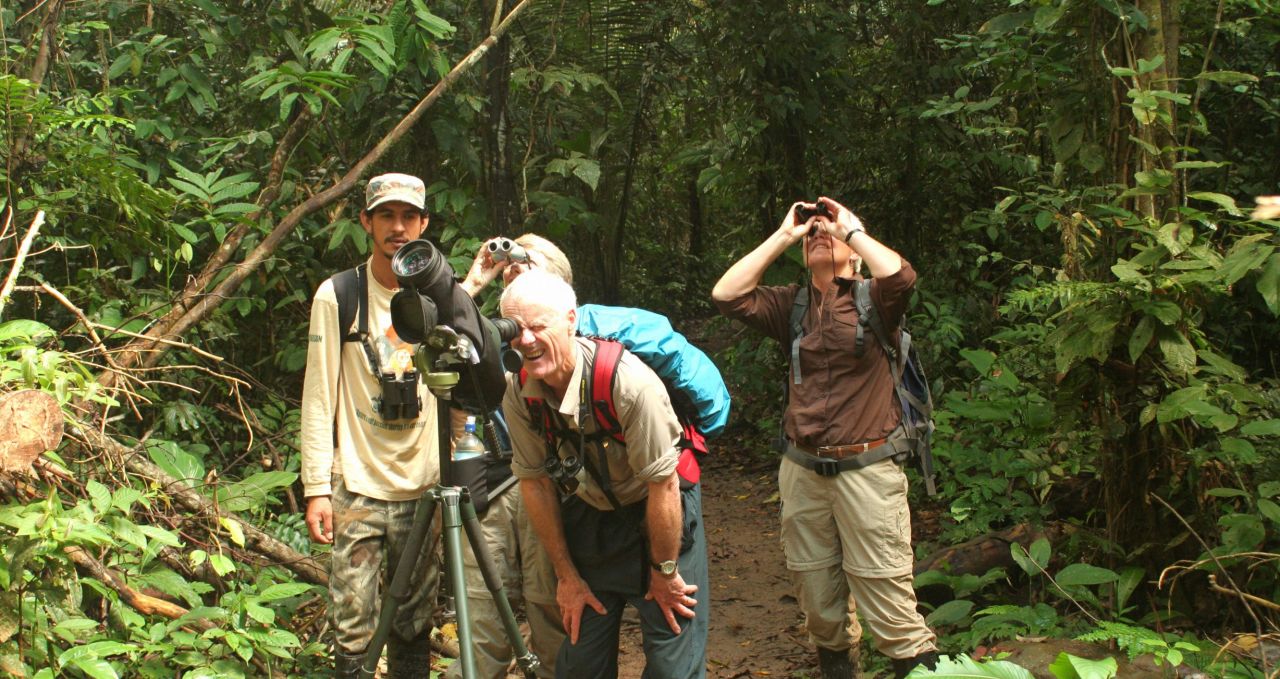
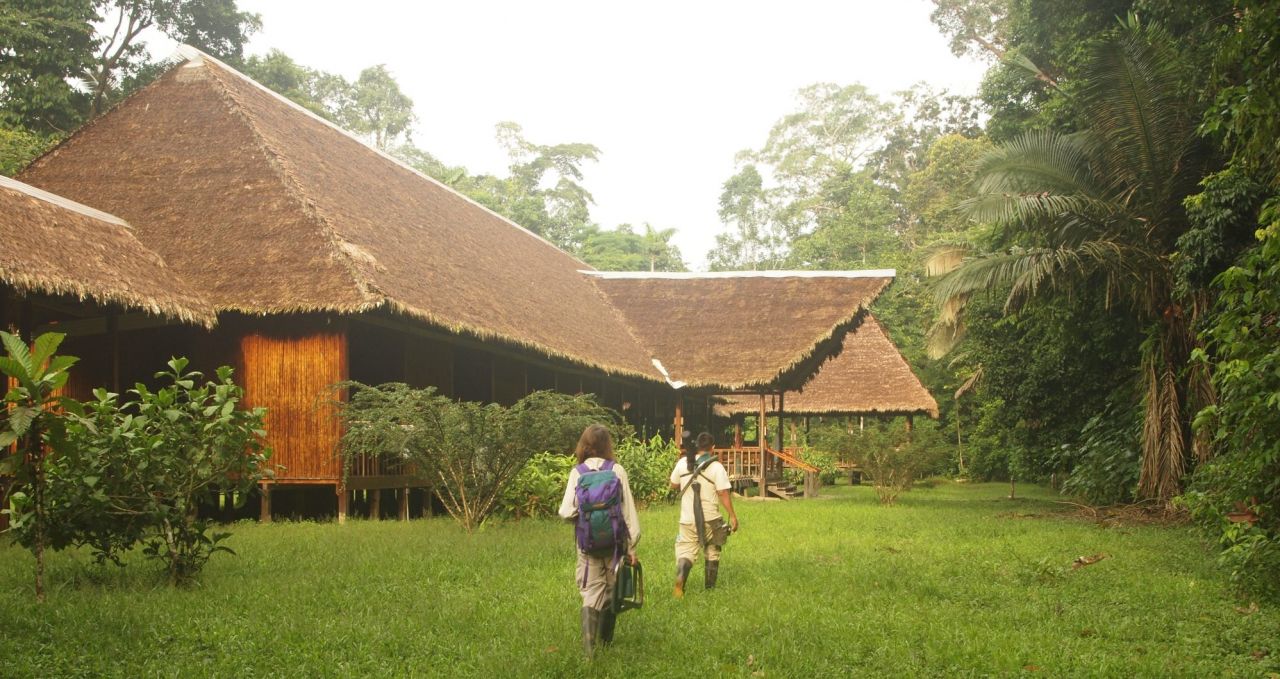
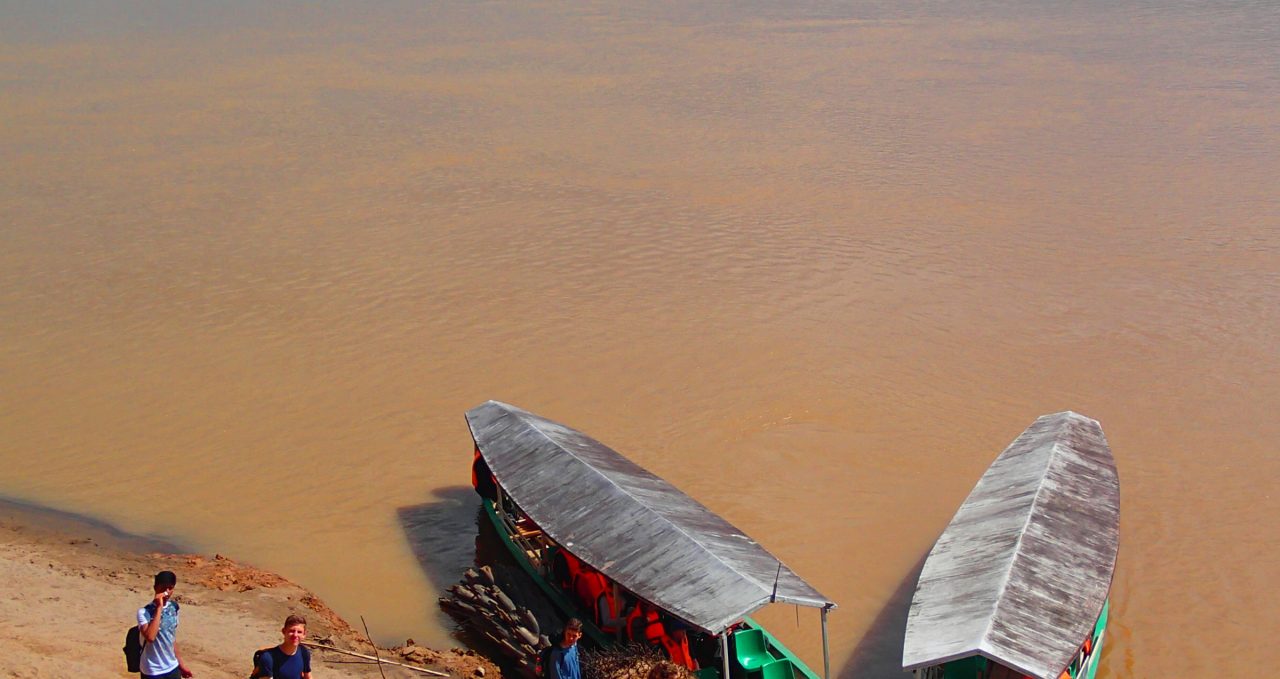
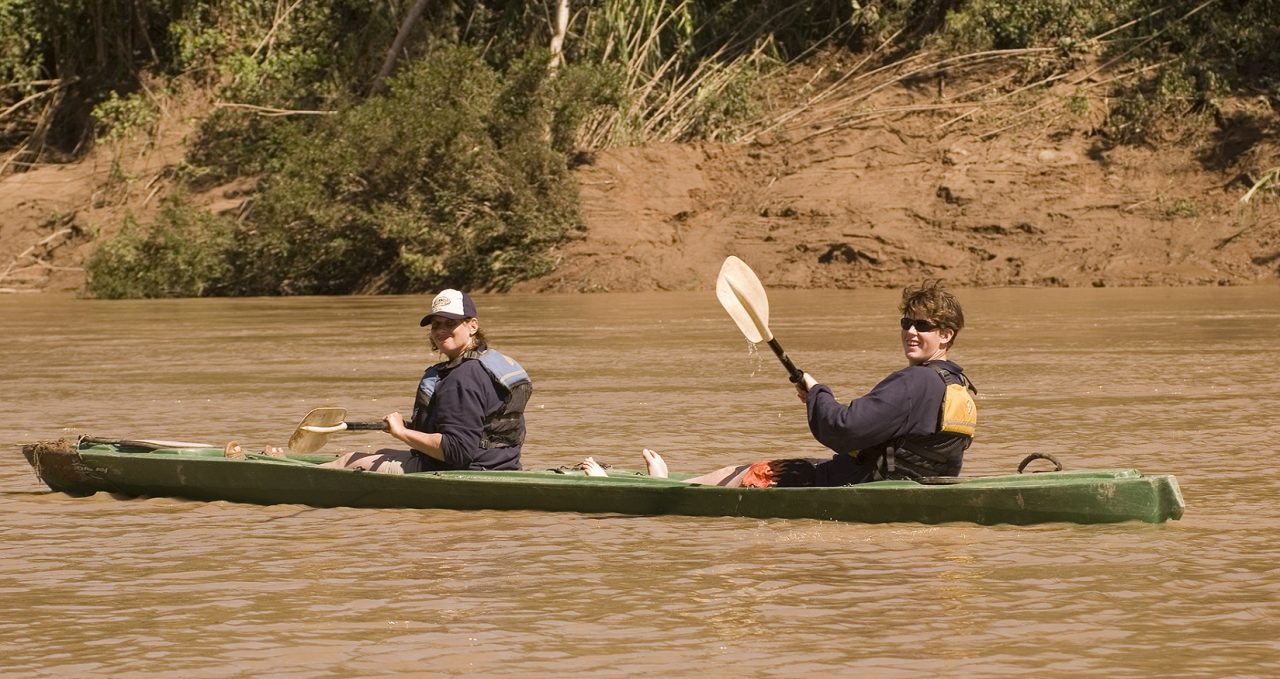
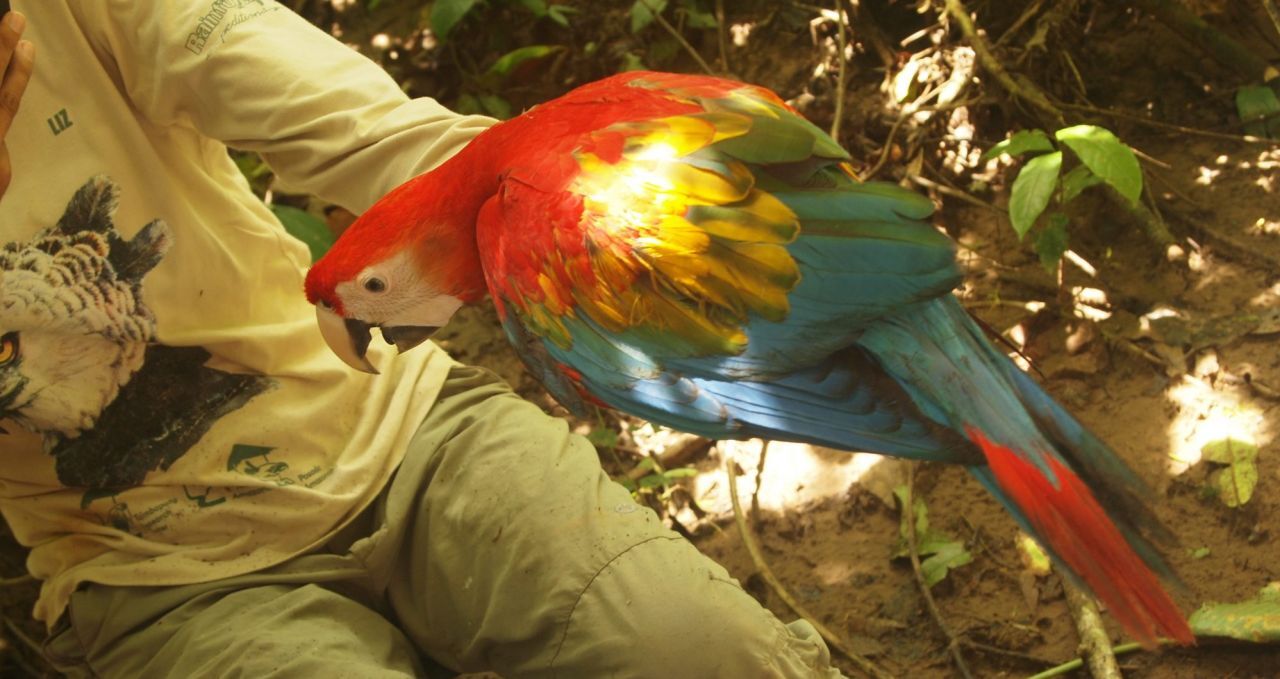
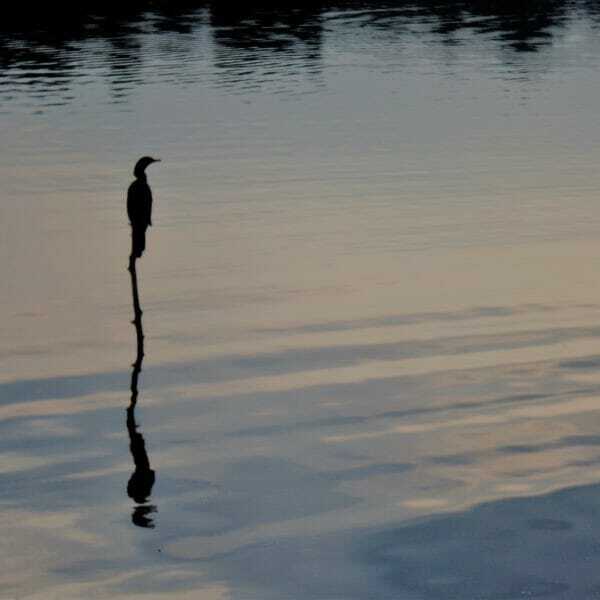
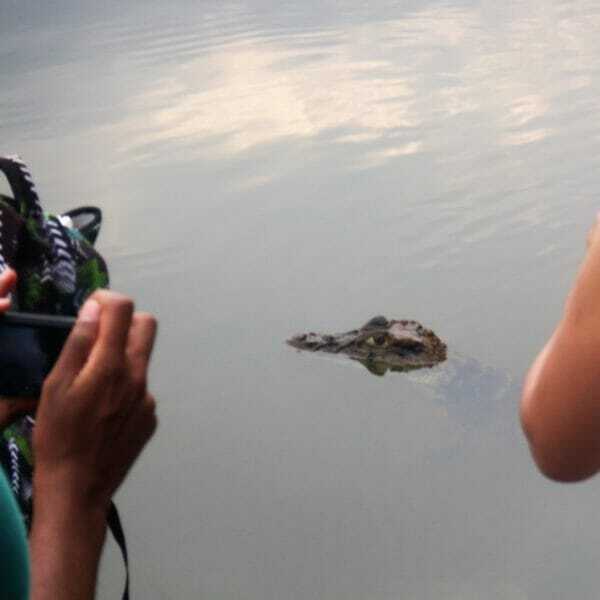
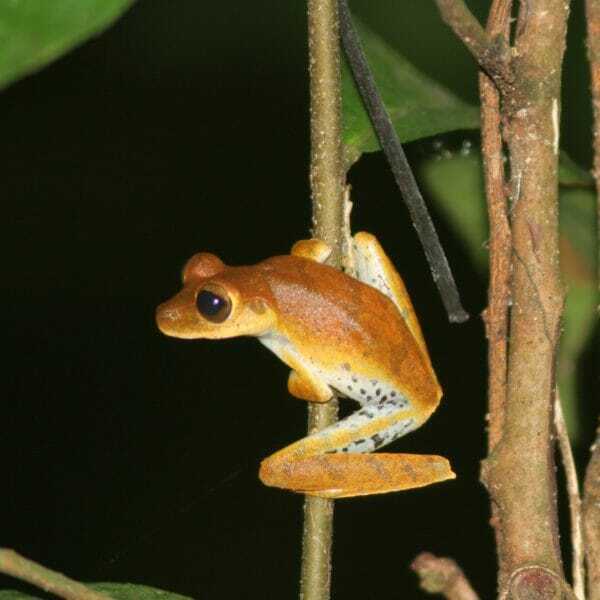
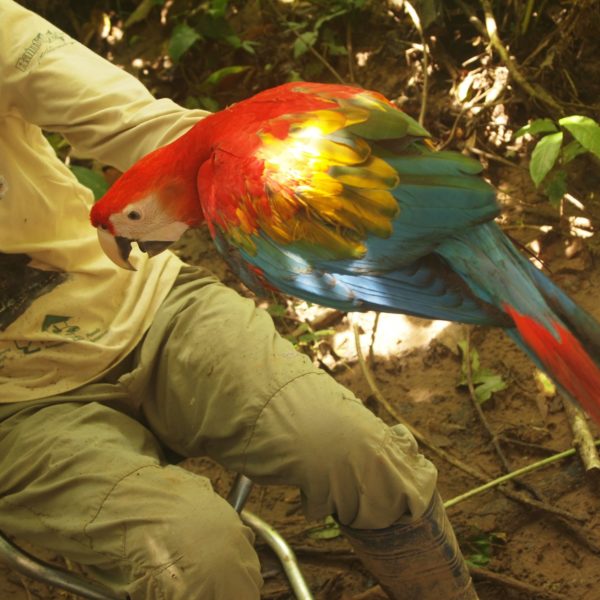
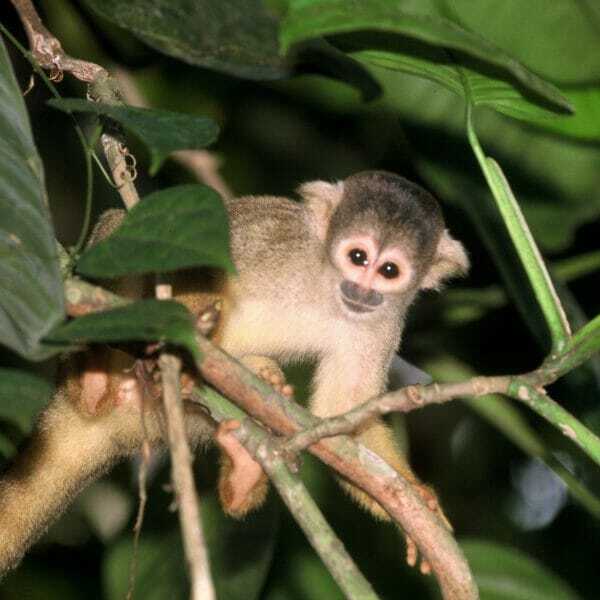
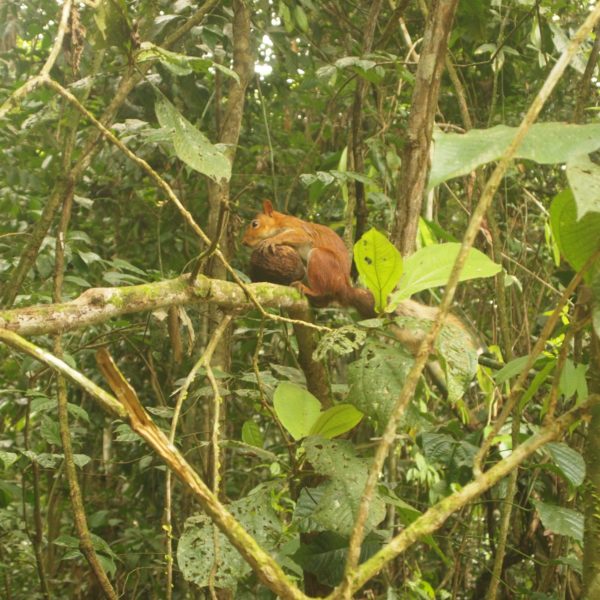
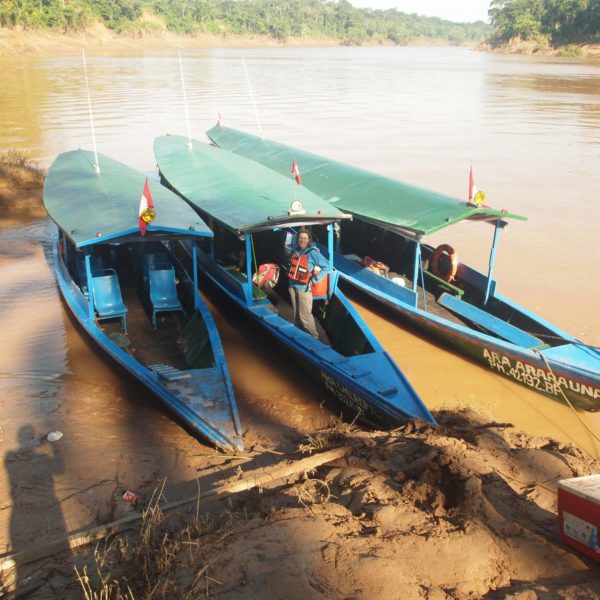
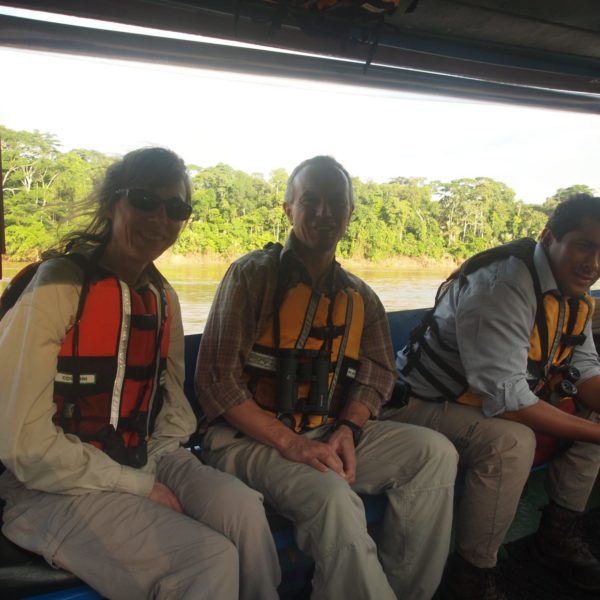
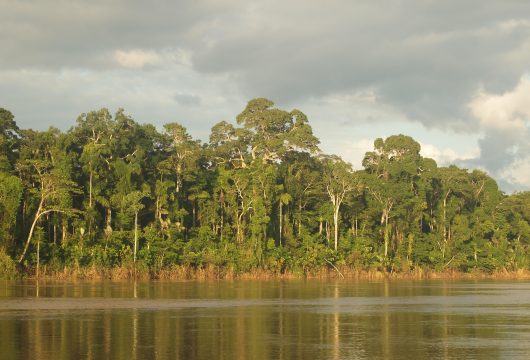
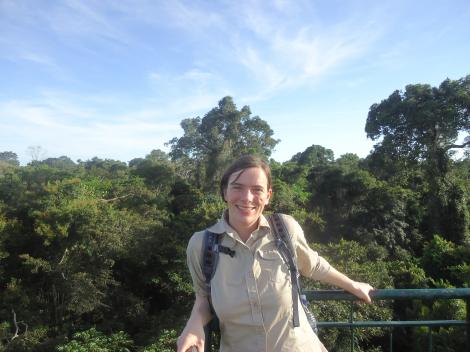
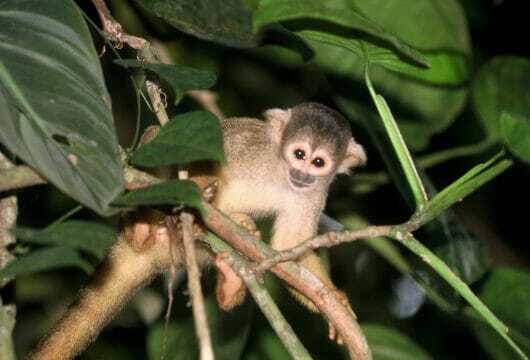
 a Tailor Made Tour
a Tailor Made Tour 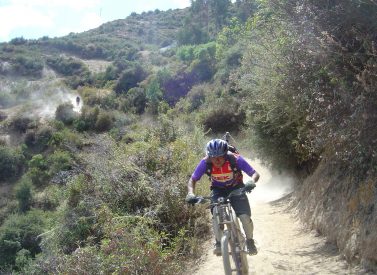

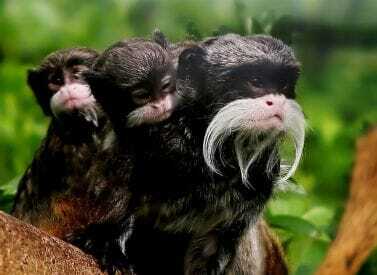
 a Group Tour
a Group Tour 